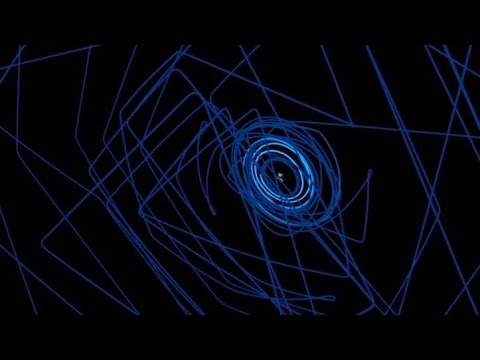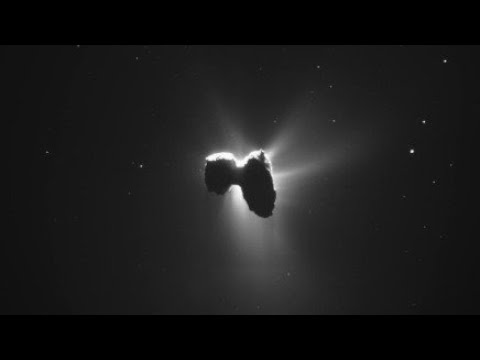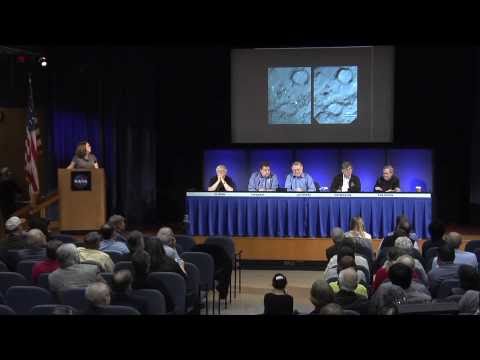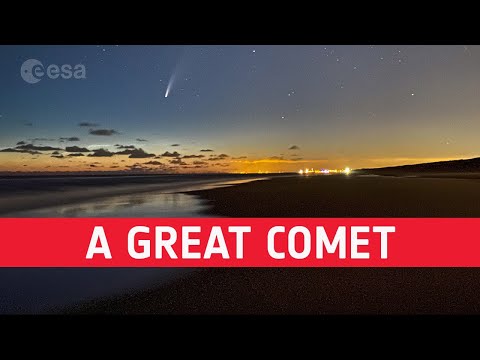Space missions have been chasing comets since the launch of the Giotto spacecraft in 1985. NASA’s Stardust mission flew through a comet’s tail in 2006 and brought a sample of dust back to Earth. Glycene was found in this sample, one of the four basic amino acids in our DNA. We can make a fake comet on Earth using a recipe of water ice, liquid nitrogen and fine carbon particles. By testing the fake comet and simulating the conditions of space, this will help scientists interpret data from ESA’s latest comet chaser – Rosetta. With ESA’s comet chaser Rosetta expectations are great : for the first time a probe will be flying alongside a comet and even placing a lander on its surface.
Chasing comets in space

Comments
6 responses to “Chasing comets in space”
-
Lab safety – where are the goggles when pouring? Otherwise, excellent video.
-
Is it really that hard to make the sound not come out of one headphone?
-
Please balance the audio of the narrator. Her voice is only on the right channel which is really uncomfortable with a headset.
-
I'm so excited! Can't wait the wakening up, eager and sweaty to see what'll happen November!!!!
-
DNA does not contain any aminoacids, please do not confuse proteins with nucleic acids
-
i wonder if we'll find life living organisms in the water pockets of the comets.. that can live in freezing cold temps.. #prediction




Leave a Reply